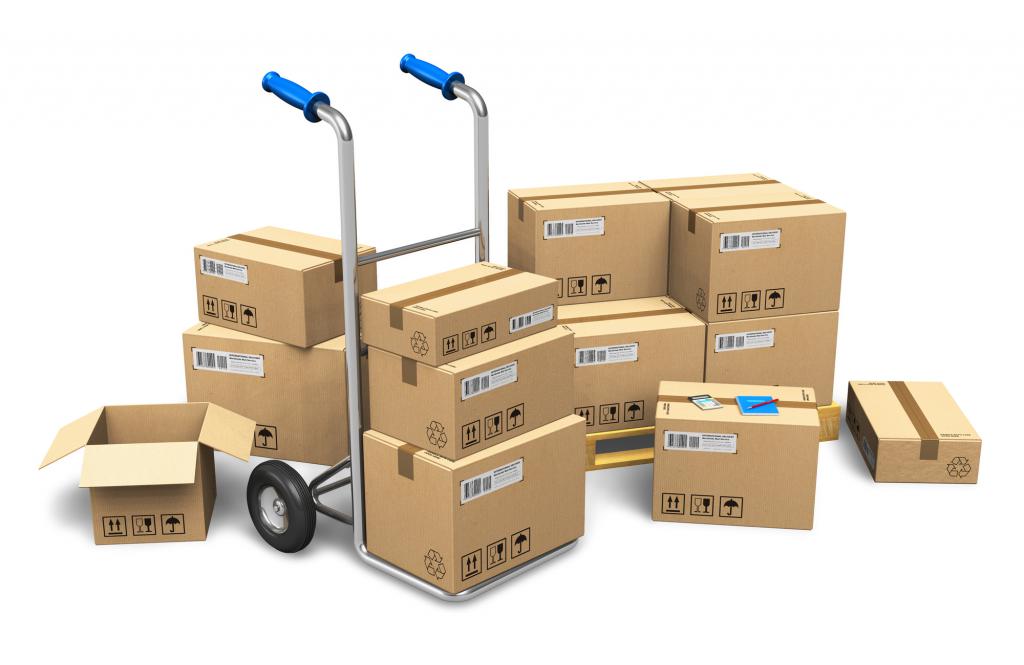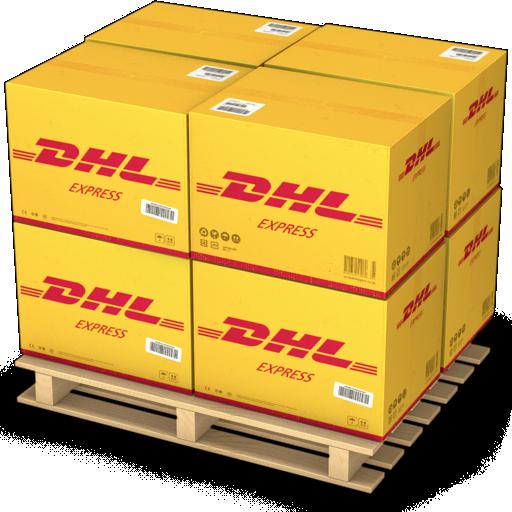Shipment of goods - what is it? When a contract for the supply of products is signed between organizations, after it is manufactured, it is necessary to deliver it. Therefore, in addition to the contract itself and the act of transfer and acceptance, you will also need to draw up other documents. In particular, it is necessary to arrange the shipment correctly. Details that this is a shipment of goods, and how to properly implement it, will be described in the article.
What does the law say?
As stated in the Civil Code, namely in Art. 506, according to the supply contract, the seller-supplier undertakes to deliver the goods manufactured by him or purchased to the buyer within the specified time.
In Art. 509 states that delivery is carried out by shipment (or transfer) of goods to a buyer or other person. In this case, the other person may be the one to whom the parties indicated in the contract as the recipient.
Definition

It follows that the shipment of goods is a process of transferring manufactured products either directly to the buyer or the carrier. It is this moment that is the cut-off after which ownership passes from the manufacturer (seller) to the acquirer.
This rule follows from Art. 223 of the Civil Code of the Russian Federation, however, there is a reservation that the parties are free to agree when exactly this transition will occur. For example, at the time of transfer of the goods from the carrier to the buyer in a locality, from where the buyer will deliver the goods to his warehouse with his own transport. Or the carrier will take him to the buyer's warehouse, and only there will the latter become its owner.
Why is it important?

Fixation of the moment of transfer of ownership is a very important point of the contract for the sale of goods. Indeed, during transportation, the cargo is exposed to many different risks, such as its loss or damage, failure of certain parts, damage that negatively affects the appearance of the product.
Therefore, it is necessary to find out in advance who will be exposed to these risks, in other words, who will pay for all this. For the same reason, the correct execution of shipping documents is necessary. After all, only having them in hand, you can count on the possibility of proving your innocence in an arbitration court. And, therefore, to compensate for losses that may be caused in the event of the indicated negative circumstances.
Agreement and its subject

The first document that begins the relationship with the counterparty is a supply contract or a contract for the sale of goods. What is their difference? The first of them is executed when the seller makes the products himself, and the second when he resells them. At its core, delivery is a form of sale. The difference in the execution of documents for shipment in the first and in the second case will be discussed below.
What should be provided for in the agreement in order to successfully make and arrange shipment? The first necessary condition without which in the present case the contract is considered to be non-concluded is the condition on its subject - the product. It needs to be described in sufficient detail, since these data will be required when filling out shipping documentation, in particular for an invoice for shipment of goods.
Product description
Its name can be indicated accordingly:
- All-Russian product classifier;
- GOStam;
- technical specifications, other regulations;
- registration certificate;
- certificate of conformity;
- supplier catalogs.
Another essential condition, without indicating which it cannot be said that the contract is concluded, is an indication of the quantity of goods. It is determined either in units of measurement, or in monetary terms. In this case, the quantity of goods must be agreed on for each of the items.
Other important parameters

Although their absence in the contract initially does not indicate its invalidity as not concluded, it may subsequently, in the event of disputes, become an obstacle to the presentation of evidence in the arbitration court. In some cases, the court may declare such an agreement null and void.
These include indications of:
- assortment and completeness;
- delivery time;
- the price of the goods.
If this is a supply contract, then a specification is usually attached to it. This is a document that indicates the name of each of the headings, quantity and other characteristics.
Basic Shipment Rules
To ensure the safety and quality of the supplied goods and create conditions for its timely acceptance, it is necessary:

- Strictly comply with the rules for packaging of goods, its labeling and sealing of individual places.
- Accurately determine the amount of goods (its weight, bags, bundles, boxes, packs, bales).
- Transfer products that meet the established requirements in quality and completeness.
- Clearly and correctly draw up documents certifying the quality and completeness, shipping and settlement documents and verify the compliance of the data specified in the documents with the actual.
- Transfer documents to the receiving party or send them, depending on the terms of the agreement.
- Observe the rules of loading and fastening applicable in transport.
Shipment Clearance

If the goods are shipped in accordance with the supply contract, that is, they are manufactured by the seller himself, then the first document (if acceptance is carried out at the seller’s warehouse) will be the Acceptance and Transfer Act. He certifies the quality of the goods, their characteristics, the quantity corresponding to those indicated in the contract, and is signed by representatives of both parties appointed by order.
The next document will be a packing list describing the packaging of goods. It contains a list of products, an article or catalog number, gross and net weight, and seat number. It is enclosed with the goods in a box or box in duplicate, and the third is attached to the accompanying documents.
Next, you need to draw up documents such as:
- waybill for receiving goods in the form of No. TORG-12;
- invoice or universal transfer document;
- waybill No. 1-T;
- a document certifying the quality and completeness, which may be a certificate of quality, certificate, data sheet;
- check confirming payment for the goods.
Nuances in paperwork
At the end of the study of the question that this is a shipment of goods, some important nuances of processing shipping documentation will be given.
As a rule, the company’s accounting uses standardized documents approved by Rosstat. But today there is an exception to this rule. If the head of the order has approved for the enterprise its forms, in which there are details that meet the requirements of the Law on Accounting, then you can use them.
As for the payment of goods, if it is made in cash, it must be carried out using a cash register, otherwise it will be a violation of the law.
The delivery contract usually prescribes the conditions regarding the carrier. Depending on this, transport can be hired by both the seller and the buyer. And also transportation can be carried out by one of the partners.
In the first case, the waybill is issued by the carrier company, with which the corresponding contract is signed. She writes a power of attorney to her driver or forwarder to receive the goods.
